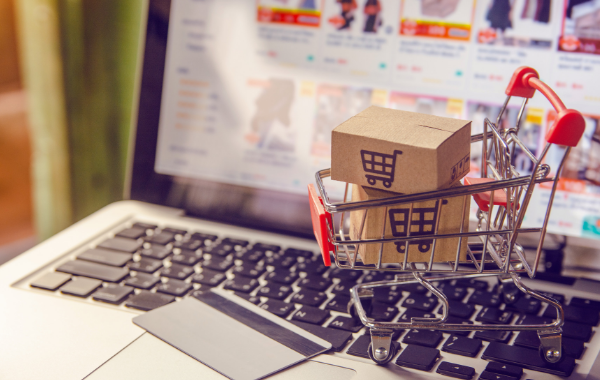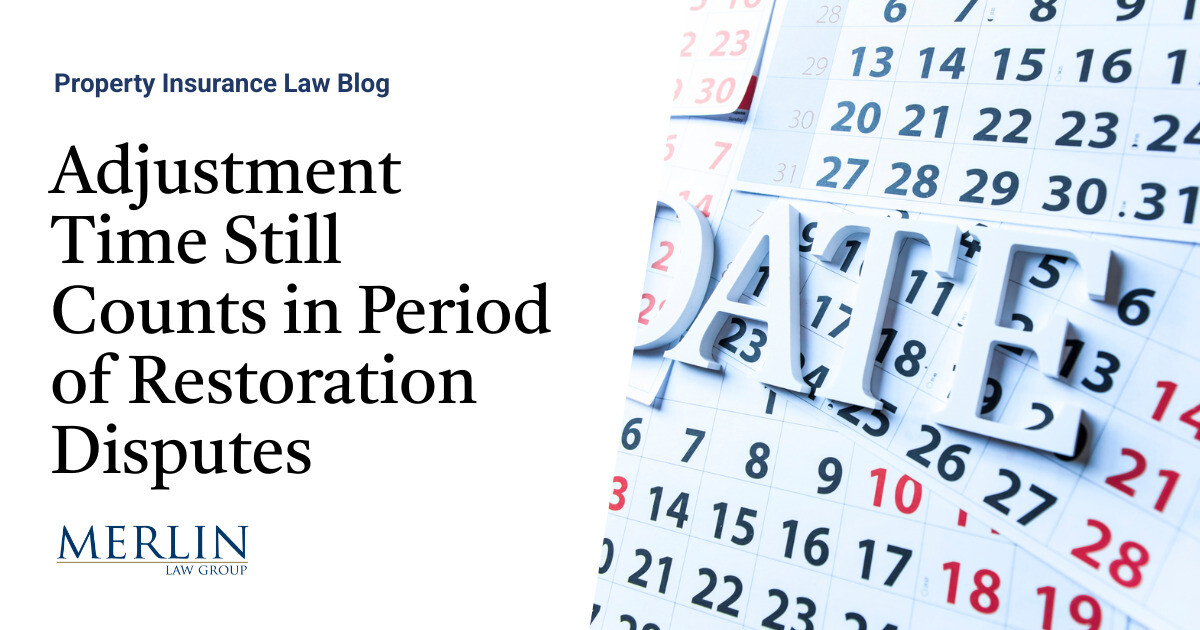
These unprecedented times have left many of us with only one way to shop: online.Many online businesses have benefited from consumers “sheltering in place” with an influx of buyers shopping via apps and the internet.I am sure that I am not alone when I admit to ordering more items online in the last few months than in the past few years! The situation has surely forced those that have never ordered online to do so…and those may be the most at-risk users. According to a TechRepublic website article dated April 7, the COVID-19 Commerce Insight tracker’s data showed “pure-play e-commerce revenue up 37% in the past seven days, compared to the same time last year, and orders are up 54%.
Pure e-commerce and online sales from brick-and-mortar retailers see big jumps in U.S.activities.” As people surf the web for products, they try to find the best deals available.Everyone loves saving money, but don’t let a “too good to be true” deal trap you as you willingly input your personal information.
Your credit card, address, and other information should never be shared lightly.As consumers, we should always be vigilant when on the web.Thankfully, there are ways to help protect yourself from malicious sites. Use Built-in ToolsUse your browser’s built-in security.
Go to the privacy settings of your desired browser to make sure you have pop-ups blocked and that you are sending a “Do Not Track” request.Here are Google Chrome Instructions. Also, make sure to stop unsafe/malicious downloads and control the sites that have the ability to use your microphone and webcam.Learn more about Webcam Safety in this past blog.
Check the URLKnow where a link is going to take you before you click on it.Always check to make sure that the “S” is present in “HTTPS.” This means the site is secure and any personal data being sent is encrypted for your protection.Also, if you hover your mouse over a link in Firefox and Chrome, you should see the URL that it links to at the bottom-left of your browser.
Use the Safety-Check ToolPut the URL into Google’s transparency report and Google will give you data about that site.It is easy to use and will help you determine if it is a safe site or not. These are just a few examples of ways you can practice safer shopping online.For more examples, visit the AVG Signal webpage to read about more great ways to protect yourself.
Share this:FacebookTwitterLinkedInMoreEmailPrintLike this:
Publisher: Central Insurance Companies








